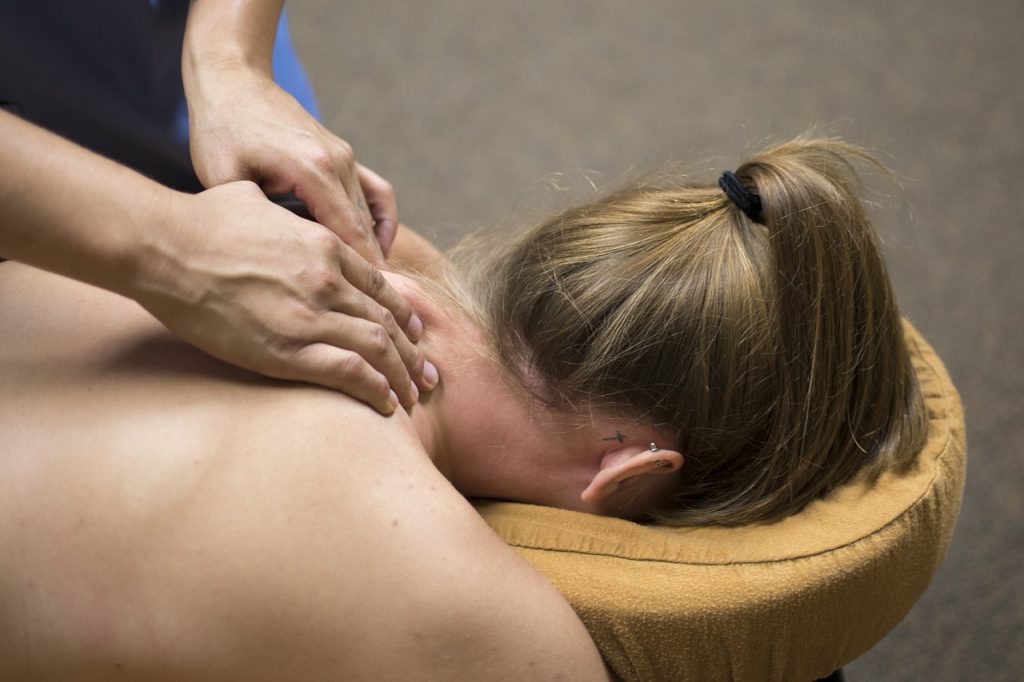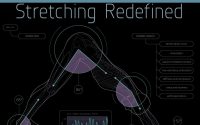Expectations affect pain sensitivity changes during massage

The effect of massage therapy is being debated. One method that has been suggested to enhance treatment effects is manipulating the pain mechanisms or factors that contribute to pain perception.
A past study suggests that deep pressure massage that induces a moderate amount of pain elicits a hypoalgesic or decreased sensitivity to painful response compared to pain-free massage. This suggests a potential underlying mechanism similar to conditioned pain modulation (CPM). Conditioned pain modulation is also called “pain inhibits pain” a central pain inhibition mechanism of the body.
In another study, healthy participants were assigned to receive either a light touch massage to the neck, a deep pressure massage to the neck, or putting the hand in cold/ice water (called cold pressor test, a standard CPM testing). The results show that pain-inducing massage and a cold pressor task produce significantly higher pressure pain threshold values than light massage. This confirms a potential shared underlying mechanism between deep pressure massage and CPM.
Treatment expectations are the belief in the likely outcome of a treatment. For example, individuals with neck pain who received spinal manipulation and had positive expectations for pain relief from this treatment can have a more successful outcome than individuals not expecting pain relief. As a result, this expectation can be enhanced with a placebo.
A new study was conducted to examine the effects of positive and negative expectations on pain-free and pain-inducing massage. The study was published in Journal of Manual & Manipulative Therapy.
In the study, 56 healthy participants were randomly assigned to receive one of the following interventions:
1A) pain-inducing massage (trigger point treatment) to the neck plus a positive expectation instructional set,
1B) pain-inducing massage to the neck plus a negative expectation instructional set,
2A) pain-free massage applied to the neck plus a positive expectation instructional set, or
2B) pain-free massage applied to the neck plus a negative instructional set.
The Positive expectation instructional set was told, ‘You are receiving a massage intervention known to be effective for some people with neck pain. We expect this will make you less sensitive to the pressure applied to your foot and you will require more pressure than what was previously necessary to experience pain’
While the Negative expectation instructional set was told, ‘You are receiving a massage intervention which is ineffective for some people with neck pain. We expect this will make you more sensitive to the pressure applied to your foot and you will require less pressure than what was previously necessary to experience pain.’
The results show that individuals who received the positive expectation instructional set (both light and deep pressure massage) demonstrated significantly higher Pain Pressure Threshold at minutes 3 and 4 of massage than those who received the negative expectation instructional set.
There is a positive expectation instructional set provided before pain-inducing massage produces a lessening pain sensitivity following 3 minutes of massage.
The results confirm that positive expectations are a natural part of clinical practice. In addition, the authors demonstrated that expectations for massage outcome can be manipulated, and clinicians may be able to provide pre-treatment information to enhance expectations.
Clinicians can ask about the patient’s expectations for pain relief from massage and use this information when developing a care plan. If a patient does not expect deep pressure massage to be helpful, education may be required or another intervention should be considered.
